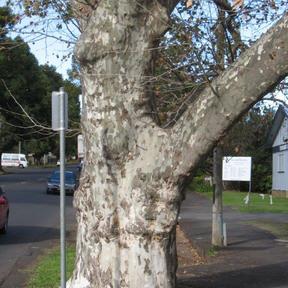Level of Significance
- File
- Local
- Regional
- State
- National
Age (approx)
150yrsTrees
2Diameter
1mHeight - 20m


Details
- Outstanding species (Scientific)
- Landscape (Social)
- Landmark (Social)
- Contemporary association (Social)
- Park/Garden/Town (Historic)
- Event (Historic)
- Attractive (Aesthetic)
Statement of Significance
The rich, fertile soil, temperate climate and the interest of many of its citizens in things botanical, has resulted in Toowoomba Region’s ability to grow a wide range of indigenous and non-indigenous plants. In 1860, the area was the first to hold an Agricultural Show in Queensland – 15 years before Brisbane. Walter Hill, the then Government Botanist and first curator of the Brisbane City Botanic Gardens, travelled to Toowoomba to advise with the design and planning of Queen's Park and street plantings in Toowoomba. He subsequently imported many tree species from Europe, Asia and other parts of the world to be planted there. Hill Street in Toowoomba is named in his honour. The town attracts many visitors in September for its famous Carnival of Flowers, where people come from near and far to enjoy Toowoomba’s many parks and gardens. These old trees survived the fatal flood in East Creek on 10 January 2011, when more that a metre of water flowed over the bridge and around their roots. These old trees are good examples of their species because of their large size, girth and spread. They make a significant contribution to the heritage town's landscape and form a landmark. They have contemporary association with the community, being widely recognised by its members for their age, stature and location, and are associated with the 2011 flood tragedy. They are beautiful trees, especially in winter.
These trees are located at the crossing of Herries Street over East Creek.







